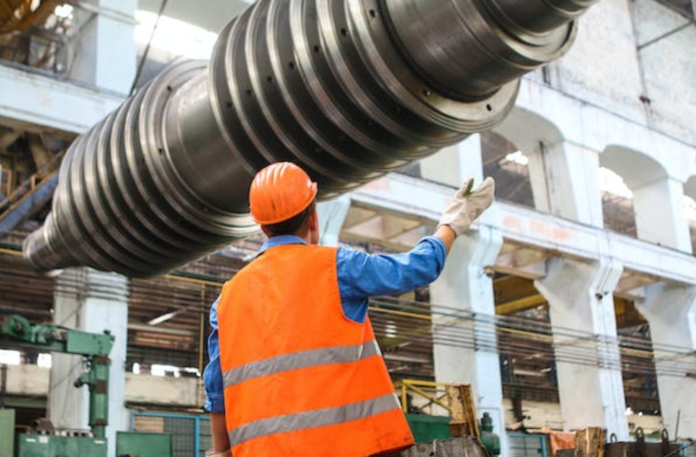Distributor of hydraulic fittings, including couplings for aircraft and aerospace applications. Standard types and custom and special fittings are offered. It also provides JIT delivery services.
Aerospace fittings typically have a part number that begins, followed by a number that designates the type of fitting, and an alloy letter at the end. Aerospace fittings have tighter tolerances than components and are more reliable for critical applications.
Material
Aircraft equipment, parts, and components need to meet the highest standards. This requires high-quality materials that can withstand extreme temperatures and a long lifespan.
Brass is a common material used in aerospace fittings. It is spark-proof and has germicidal properties. Steel fittings are also a popular option in the industry. Both have their pros and cons.
When choosing aerospace fittings, pay attention to the part number. The first letter of the part number designates what type of fitting it is, followed by a number representing the size, and finally, a note indicating the material. Fittings are designed to fit specific hose sizes and have tighter tolerances than components, which makes them ideal for military applications. Mixing fittings can cause leaks at the flare.
Threads
In aerospace, threaded fittings are typically tapered to provide a tight seal for gases and fluids under pressure. These threads are often coated to improve the fitting and tubing connection performance.
Fittings are designed to meet military aviation standards. They are used in commercial airlines, airline ground equipment, and aerospace fluid systems.
Fittings are similar to but are made to a lower standard. Fittings are designed for various applications, including ground service equipment (GSE) quick-disconnect couplings and high-pressure swivels.
Fittings are designed with a class 3A and 3B thread fit, with restrictive tolerances. These tighter tolerances increase reliability and reduce the risk of over-torquing.
Sealing
Although seals often get overlooked in engineering, they are essential to industrial equipment. They keep machines and equipment running efficiently and prevent costly problems like leaks, rust, and other damage.
The type of seal used by the fitting can make a difference in the reliability of the seal. For example, a compression seal depends on the angle of the ferrule and the mating angle of the fitting body to convert linear movement into radial compression, which can create uniform contact against the tubing OD.
To increase the reliability of this type of seal, many fitting manufacturers add an internal o-ring to create a secondary seal against the tubing OD, independent from the primary seal created by the ferrule. Aerospace fittings with o-ring bosses are designed with this in mind.
Design
A proper design is critical for the integrity of an aerospace fluid system. Unlike pipe fittings, which are made from a single piece of metal, aerospace fittings have specific geometry and thread specifications to ensure a strong, leak-proof seal.
Aerospace fittings with a flared or flareless (compression type) body have built-in grooves that accept tubing with matching threads. Unlike standard threaded fittings, this allows them to be used at high pressures.
Couplings are another aerospace fitting that enables rapid connections without fluid spillage. These couplings have internal valve configurations that prevent leakage upon disconnection and minimize air entry during contact.
Aerospace fluid connectors establish secure connections to promote safety and extend equipment life in aircraft, commercial, and military aviation systems. They come in a variety of sizes, types, and materials. They are often made of aluminum and are available with various finishes.
Installation
Installing aerospace fittings will ensure a tight seal, creating a safe and secure connection. It will also reduce the maintenance needed and increase the system’s efficiency.
Using the correct fitting for your aircraft is essential to ensure the safety of the passengers. Many different types of fittings are available depending on your application, including hose, hydraulic, and standard.
When choosing the right aerospace fittings, paying attention to the part number is essential. The first letter of the part number designates what type of fitting you need, followed by a – and then a number that indicates the size. For example, inch fitting is made from stainless steel. Clean Manufacturing is a capable custom manufacturer of deep-drawn metal stampings, including aerospace aluminum fittings. Capabilities include forming, degreasing, bending, pressing & end forming. Finishing options include etching, passivation, barrel tumbling, machining, and plating.










